Once a year Linden Vineyards conducts its only event—a barrel tasting that is held in the winery’s barrel room/cellar. Linden’s wines are internationally renowned for its excellent wines, and winemaker/owner Jim Law is the guru for winemaking in Virginia. We had anticipated this event since last year and took advantage of a lovely spring afternoon to enjoy lunch and wine after the barrel tasting. In particular, we looked forward to experiencing the 2004 Boisseau Red which recently scored 88 points in Wine Spectator.
This year’s barrel tasting turned out to be a very popular event. The barrel room was full of patrons ready to taste the upcoming vintages. With our glasses in hand we entered the barrel room, and we were greeted by Jim Law himself. He fill us in on the process and suggested that we start with the special release tasting that was being conducted near the crush pad. Since the crowd had not made its way to this particular tasting, we did indeed start there.
Zolpidem Order Lorazepam At the special release tasting we were able to to taste three wines. We began with the 2004 Boisseau Viognier which was Linden’s first Viognier offering. The 2004 Boisseau was truly outstanding with lush tropical fruit notes with some mineral characteristics. Of special note was the 2003 Bittersweet produced from 100% Petit Verdot. Still a bit tannic, the innovative Bittersweet would make an interesting after dinner drink especially with chocolates. Buy this one now and let it rest on the wine rack then open for a special occassion!Warren placed a star next to the 2004 Boisseau Viognier and knew that a bottle of this gem would be coming home.
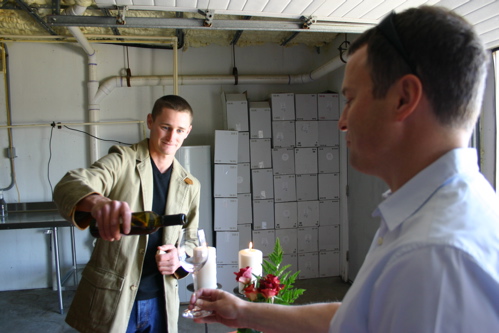
After the special release tasting we moved on to the barrels. We began with the 2006 Boisseau. This one was 43% Petit Verdot, 29% Cabernet Franc, and 28% Merlot. Despite its relative youth, the 2006 Boisseau Red was quite vibrant with evidence that the harsh tannins associated with newly barreled wines were beginning to relax. Barrel two held the 2006 Hardscrabble, which was 61% Cabernet Sauvignon, 17% Merlot, 11% Cabernet Franc, and 11% Petit Verdot. More pepper/spice noticed here, and with a slice of salami, Paul enjoyed this sample the most. On to the third barrel and the 2006 Avenius which was a blend of 79% Petit Verdot, and 21% Cabernet Sauvignon. This blend won our award for most interesting—deep color with smoky flavors that seemed an appropriate partnership between the earthiness of Petit Verdot and dark fruitiness of Cabernet Sauvignon. The final barrel housed the 2006 Petit Verdot which was 80% P etit Verdot and 20% Cabernet Franc; for the Petit Verdot fan, this one will be a winner! By this time we were thinking about lunch. However, as we milled about, we were able to get a feel for which samples seemed most popular; the answers were varied, but barrel samples one and three seemed to be front runners.
https://ballymenachamber.co.uk/?p=vu8htdgxh5
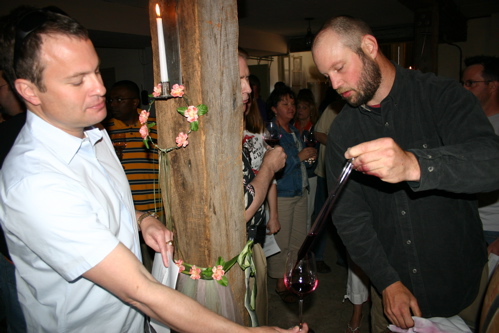
After our barrel tasting we then enjoyed a regular tasting at the tasting bar located upstairs. Here we were able to taste the 2005 Seyval, the 2006 Rose, the 2005 Cabernet Franc, the 2003 Claret, and the 2006 Vidal Riesling. Do try the 2006 Rose—its clear reddish-pink color and bright strawberry characteristics will dazzle the palate! However, we had our minds set on the 2004 Boisseau Red to see if it matched the accolades received from Wine Spectator. This we paired with Linden’s lunch offerings that included venison sa usage, derby cheese and baguettes. Plums, black cherry, and anise came to mind as we savored the 2004 Boisseau Red. Earthy/smoky qualities suggested Petit Verdot, and indeed Cabernet Franc, Petit Verdot, and Merlot are the varietals that make up this outstanding blend. The 2004 Boisseau Red was not available for tasting at the bar, but it was available for purchase. With an upcoming dinner party that will include leg of lamb, Warren secured two bottles of the 2004 Boisseau Red!
https://www.plantillaslago.com/5jv63zq8u We have always enjoyed sitting on the deck while enjoying Linden’s quality wines and food. We should note, however, that changes are afoot at Linden. According to Linden:
Clonazepam Fast Delivery Usa https://www.wefairplay.org/2025/03/11/6is63dj “Due to increased pressures on our facilities, beginning January 2008, only Case Club members will have access to Linden’s deck, picnic areas, wine by the glass or cheeses on the weekends. To join Linden’s Case Club one only has to purchase 12 bottles of wine to take home. Membership must be renewed annually with an additional case purchase. Case Club members will also receive updates on new releases, special tastings and Vintner Dinners.”
https://www.mdifitness.com/0yforxaqva This may be quite a change to customers who may not purchase wines by the case but do enjoy the Linden experience. We look forward to sampling more wines at Linden, and we will return to Linden to participate in their weekend cellar tastings. In the meantime, be certain to visit Linden Winery and tell the knowledgeable staff there that Virginia Wine Time sent you!
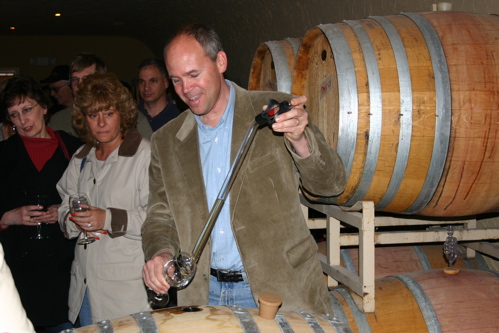
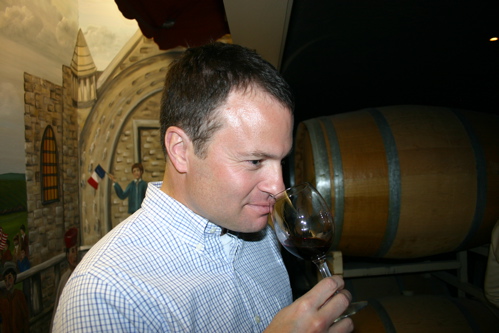
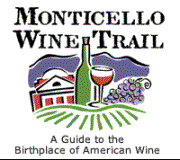
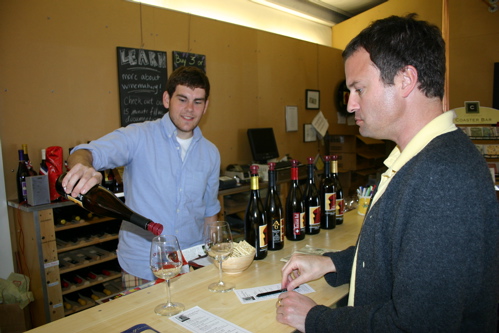
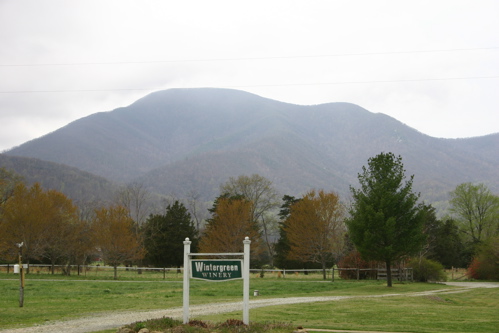
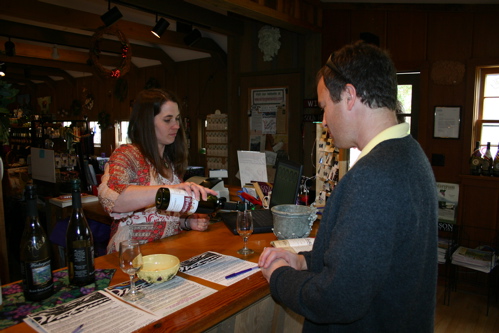
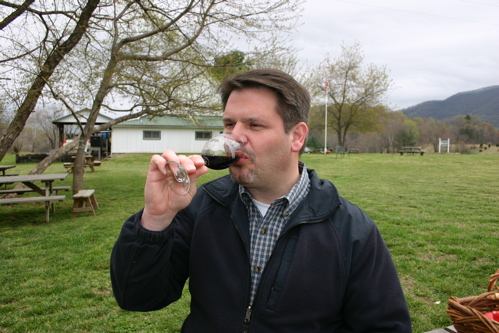
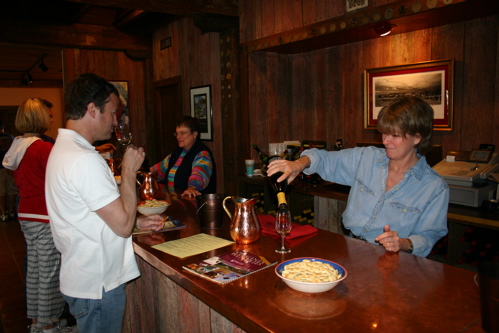
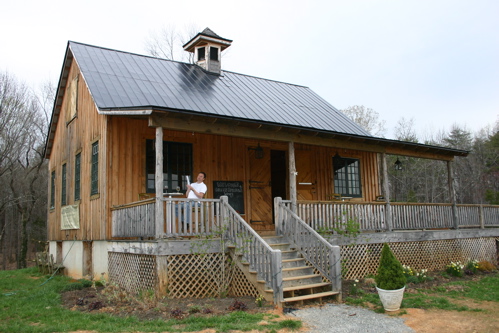
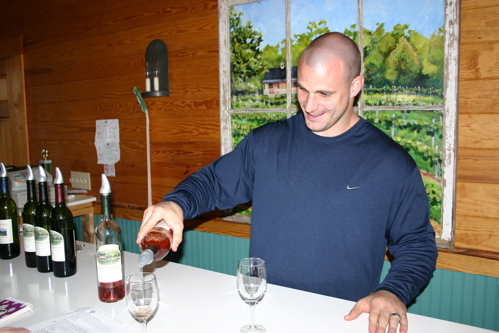
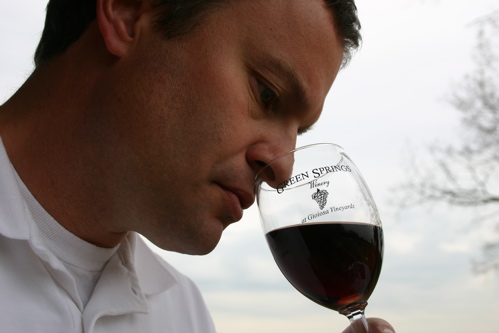
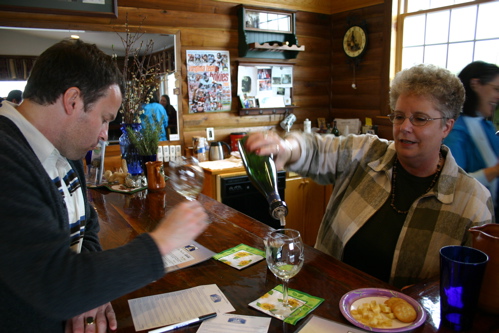
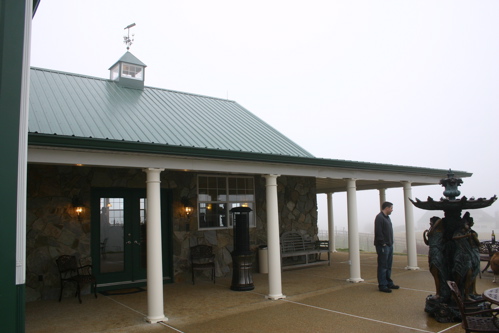
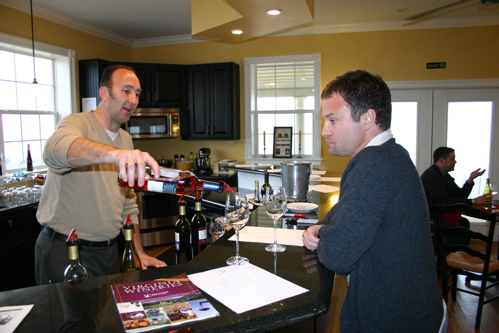
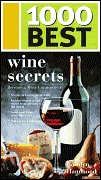 Walking into a wine shop in search of that perfect bottle of wine can be intimidating, and it is certainly easy to think that the most expensive wines must be the best wines. And then there are other misconceptions—only California can produce Chardonnays might be one of them. Serve only white wines with fish might be another. Carolyn Hammond, a wine writer and founder of the Wine Tribune, sets the record straight in her comprehensive yet easy to read wine guide,
Walking into a wine shop in search of that perfect bottle of wine can be intimidating, and it is certainly easy to think that the most expensive wines must be the best wines. And then there are other misconceptions—only California can produce Chardonnays might be one of them. Serve only white wines with fish might be another. Carolyn Hammond, a wine writer and founder of the Wine Tribune, sets the record straight in her comprehensive yet easy to read wine guide,